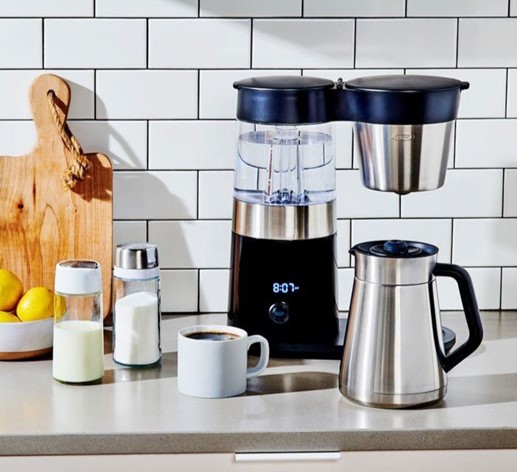
Coffee is an essential beverage in daily life, the love of it is no less than three meals a day, but for its history of development we can not speak eloquently, today we will take you to appreciate the wonderful development of the coffee machine.
At the beginning of the 20th century, an “impatient engineer” who lived near Naples, Italy, was impatient with the long time it took to make coffee by drip, so he came up with a … The Italian fast coffee preparation, which is unique in the world, was invented and Espresso became popular because of its high temperature and high pressure.
The Italian fast conditioning method invented by this acute engineer, not only can save the time of making coffee, and the flavor of the coffee brewed full-bodied, so the Italians called Espresso to commemorate the engineer’s discovery. It means “under pressure”, which is the same as the English word under pressure.
After that, we will see the above passage in many books, the major BBS in the best area, is passed on as the origin of Italian coffee (Espresso). The above paragraph of the narrative said ‘the early twentieth century acute engineer’, referring to is likely to be Luigi Bezzera.
I don’t know if Bezzera was impatient or not, but the reason he built the steam-pressure coffee machine in 1901 was definitely not just because he was ‘impatient with the long brewing time of drip coffee’, but more importantly because he knew that the slow brewing time would directly affect the quality of the coffee – due to the long brewing time. So the coffee powder cannot be ground too finely, and a coarse grind means that less aromatic content can be extracted than a fine powder. Speed is only a superficial reason, the pursuit of quality is the driving force behind Espresso’s development! And I can’t agree that Bezzera alone ‘invented’ Espresso, although he was the first to experiment with steam as pressure to make a commercial coffee machine, and created the cultural trait of making Espresso at the bar and pouring it directly into the customer’s cup.

However, the coffee made by this machine still does not have the delicious taste of Espresso and is full of Crema character. The main reason is that Bezzera’s coffee machine uses the steam generated when the water boils, and the steam creates pressure in the closed boiler to push the hot water to the coffee powder in the rosette.
In order to create steam, the entire boiler must be heated to boiling, causing the hot water near the boiling point to burn the coffee powder, losing the aromatic oils that are deeply embedded in the powder, and extracting a coffee that is twice as bitter. The coffee brewed by Bezzera’s machine cannot be shaped into Crema for two main reasons: the hot water used to brew the coffee is too hot and the oils are lost.
Steam boilers do not provide sufficient pressure. Having said that, the direction of applying extra pressure to make the brewing time of coffee shorter is still worth the effort.

Just what to use as a pressure source without using steam? A further question is: How much pressure has to be applied to get the best extraction rate? A Brief History of Coffee Machines II In 1903, Desiderio Pavoni patented the design of the Bezzera, and in 1905 he started to manufacture this coffee machine. Later, Teresio Arduino started to produce similar coffee machines, and other producers followed suit, and in the twenties, coffee machines could be found everywhere in Italian coffee shops.
This is the history of the development of coffee machines, want to know how the development of the latter, follow me, the next issue to take you to continue to explore!

